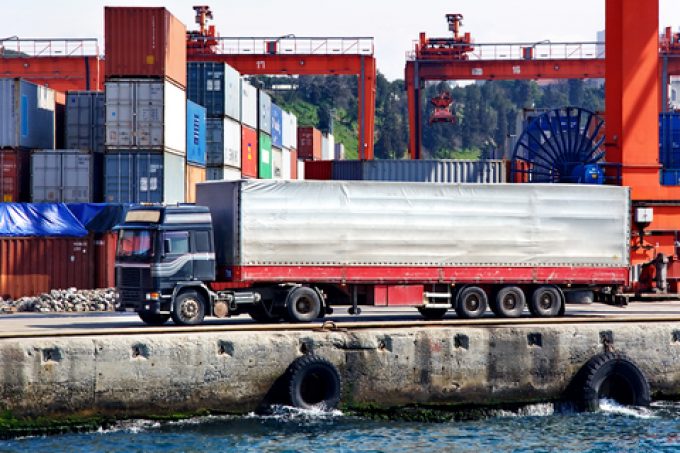Greener shipping – 'further work needed', but all still to play for
Last week’s International Maritime Organization (IMO) ISWG-GHG 18 meeting left little decided and much still ...

The IMO’s new CO2 reduction measures, including ETS (emissions trading system) and Carbon Intensity Indicator (CII), will likely put more pressure on the feeder industry and drive more-polluting road transport, say experts.
A fetishism for scale by shipowners has led to chronic underinvestment in smaller tonnage, ...

Comment on this article